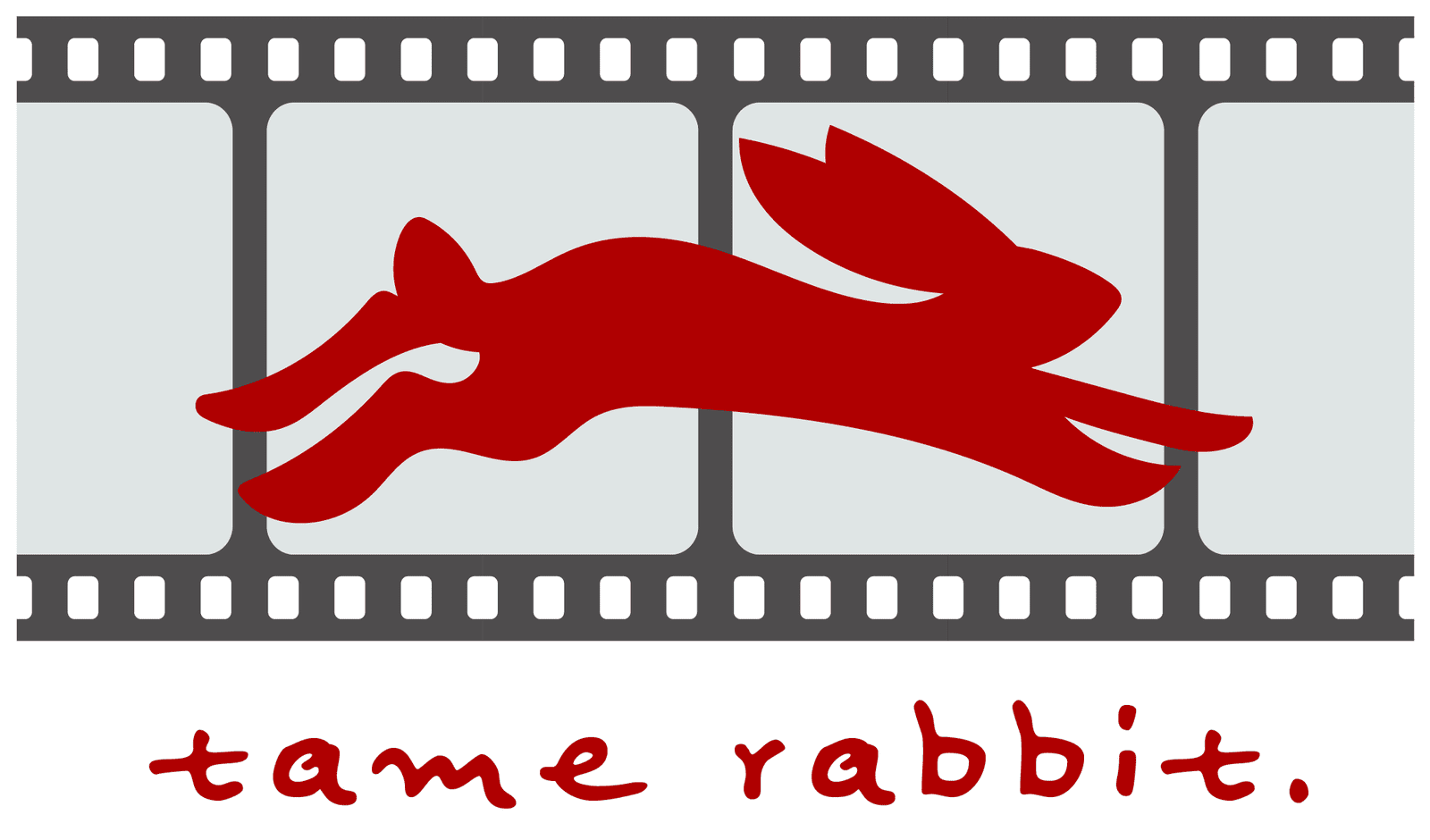Lighting Design: Transforming Everyday Video into Cinematic Art
Lighting design is the unsung hero of film, television, and everyday video production. It shapes the mood, enhances the story, and can dramatically alter the perception of your visuals. Whether you’re shooting a high-budget film or a simple corporate video, understanding how to harness light can elevate your content from ordinary to extraordinary.
At its core, lighting is about communication. It sends subtle cues to the audience, directs focus, and creates atmosphere. In film and television, lighting design is used not only to illuminate the scene but also to convey emotion, establish character, and hint at the narrative’s underlying themes. Professional productions often use complex lighting setups and philosophies like three-point lighting to achieve a balanced and appealing look. Three-point lighting, for instance, utilizes a key light, fill light, and back light to sculpt the subject and create depth:
Key Light: The primary source of illumination, offering dimension and focus to the subject.
Fill Light: A softer light used to diminish harsh shadows and add detail without overpowering.
Back Light: Positioned behind the subject, it creates separation from the background and adds a subtle glow or outline.
These techniques ensure that every frame is deliberately composed, with the light working in harmony with the scene’s other visual elements. But lighting’s power extends far beyond the classic three-point setup. Creative lighting techniques open up a realm of possibilities that can add unique textures, intriguing shadows, and unexpected effects to your work. Consider the following methods that can transform your visuals:
Shaping Shadows: By intentionally blocking or diffusing light, you can create dramatic shadows that hint at hidden depths or underlying tensions. This can be especially effective in creating a moody, suspenseful atmosphere.
Textural Lighting: Using light to emphasize textures—whether it’s the rugged surface of a brick wall or the soft contours of a face—adds a tactile quality to your images. This invites viewers to not just see, but feel the environment.
Color Temperature and Filters: Changing the color temperature of your light sources or using filters can evoke different times of day and emotional responses. Warm lighting can evoke comfort and intimacy, while cooler tones can suggest detachment or melancholy.
Directional Lighting: By controlling the direction from which light falls, you can guide the viewer’s eye exactly where you want it. This is invaluable for emphasizing key elements within a frame.
For everyday video content, these professional lighting concepts can be the secret ingredient to making your work pop. Even with simple setups, a thoughtful approach to lighting design—whether using natural light creatively or investing in a few key pieces of equipment—can set your work apart from amateur productions. It’s not just about visibility; it’s about creating an immersive visual experience that communicates your message with clarity and style.
Investing time in understanding and practicing creative lighting techniques is a game-changer for any video producer. At Tame Rabbit, we believe in the art and science of lighting design, using it as a core component to craft visually stunning narratives. Whether you’re aiming for a polished film or a dynamic corporate video, let us help you light your path to success.
Ready to elevate your visuals? Reach out today and discover how our expert team can bring your vision to life with precision lighting and creative storytelling.


